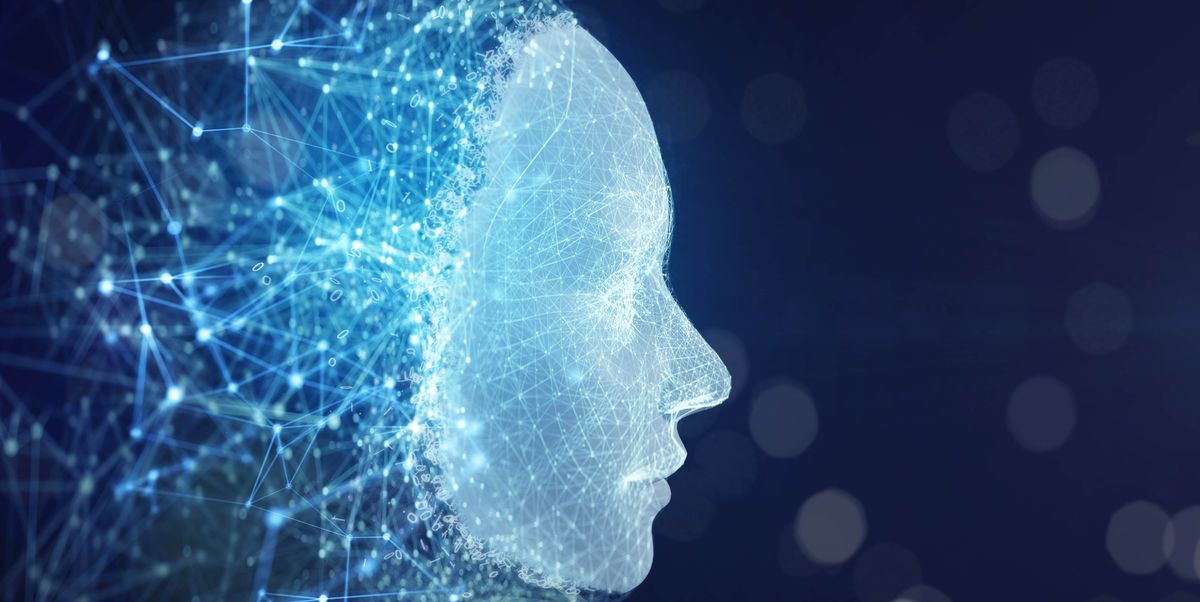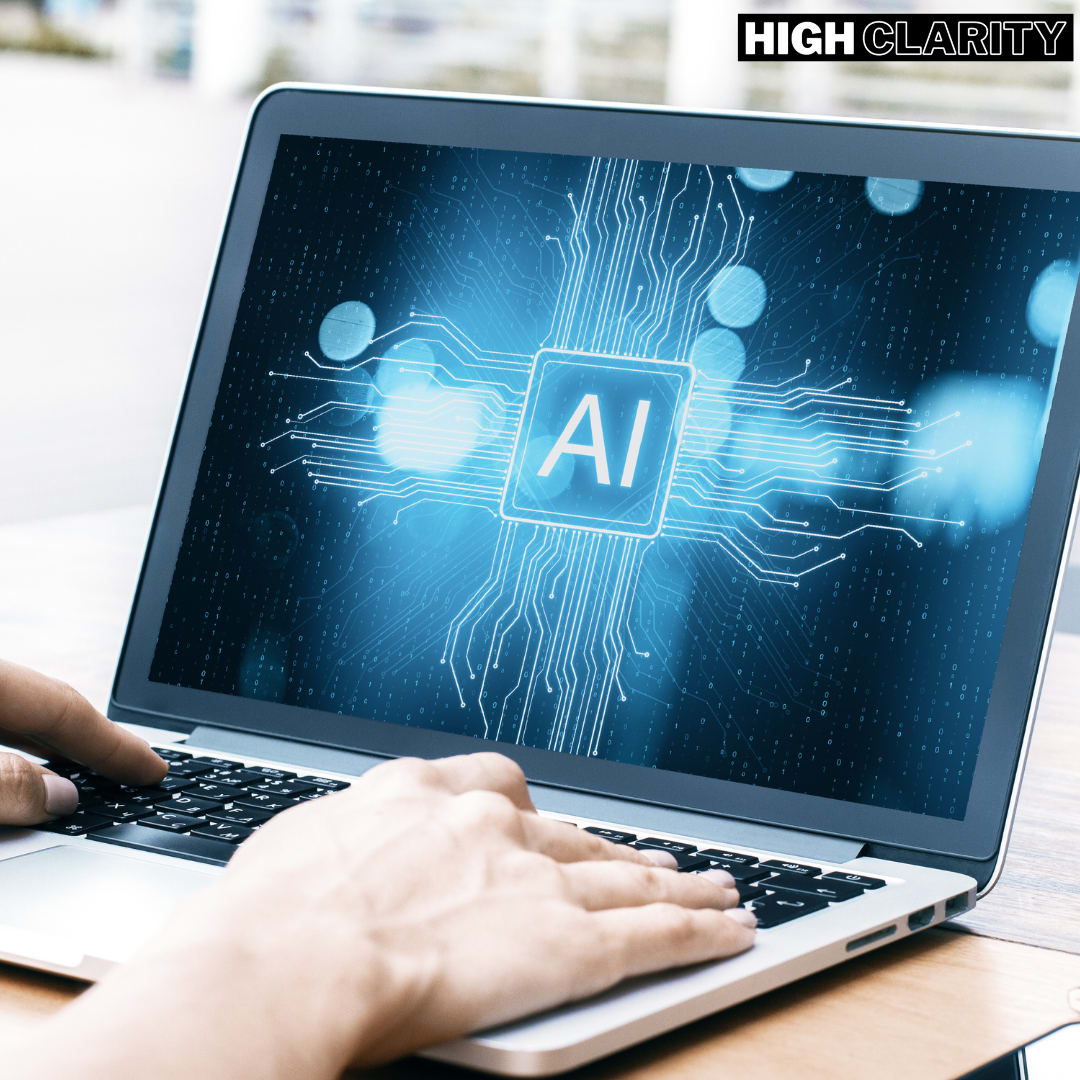
Researchers are making significant strides toward understanding how the intricate wiring of the human brain could improve artificial intelligence, leading to systems capable of more human-like thought and reasoning. In a recent study, scientists propose that replicating the brain’s less visible but highly influential structural and functional architecture may be the key to developing more advanced AI.
Traditional artificial intelligence systems—such as deep learning models and neural networks—have achieved impressive success in image recognition, language generation, and data analysis. However, these systems still fall short of exhibiting truly human-like intelligence. They often falter in tasks requiring abstract reasoning, common sense, and the kind of flexible learning seen in people.
According to the researchers, one major reason is that modern AI architectures are based on simplified models of the human brain. These models primarily focus on the visible layers of neuron activity and ignore the more complex and subtle wiring patterns that govern much of human cognition. The brain’s hidden networks—its intricate synaptic connections, recurrent feedback loops, and dynamic connectivity—may hold the secrets to achieving more generalized intelligence.
By using advanced imaging and mapping technologies, neuroscientists have begun constructing highly detailed models of human brain structures. These maps, sometimes referred to as connectomes, reveal how different brain regions coordinate during complex tasks and adapt through learning. When incorporated into artificial neural networks, these findings could result in AI systems that not only process information more efficiently but also learn in ways similar to humans.
Another key insight from the research is the brain’s ability to rewire itself through experience, a property known as neuroplasticity. Incorporating similar mechanisms into AI could allow systems to adapt to new challenges without requiring massive retraining—something most current models struggle with.
Ultimately, the goal is to create machines that are not just powerful calculators or language processors, but entities capable of understanding meaning, context, and even emotions to some extent. While the pathway to genuine artificial general intelligence (AGI) remains complex and speculative, integrating deeper neurological insights may shorten the journey significantly.
The findings highlight the growing interdisciplinary collaboration between neuroscience and artificial intelligence, ushering in what researchers hope is a new era of biologically inspired AI systems, closer than ever to mimicking the versatility and depth of human thought.
Source: https:// – Courtesy of the original publisher.








